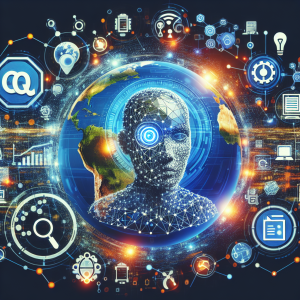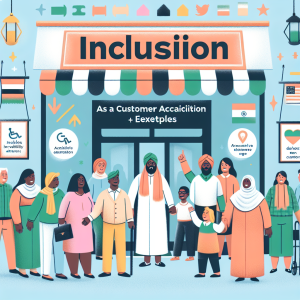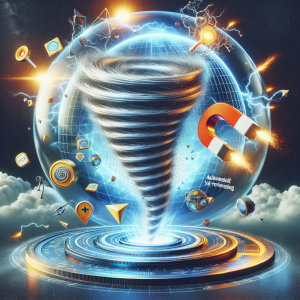In an era where technology evolves at lightning speed, AI’s role in enhancing user experience (UX) design has become more crucial than ever. Imagine a world where your apps and devices not only understand your needs but anticipate them, offering solutions before you even realize you need them. That’s not a distant dream—it’s the reality we’re moving towards, thanks to AI. In this blog, we’ll explore the groundbreaking ways AI is being integrated into UX design, from personalized user interfaces to smart predictive features that make technology more intuitive than ever. We’ll also delve into real-world examples of AI-driven design innovations that are setting new standards for user interaction. Join us as we uncover how AI is not just shaping the future of UX design but revolutionizing the way we interact with technology in our daily lives.
The AI Revolution in UX Design:
AI is more than just a buzzword in the realm of UX design; it’s a game-changer. By harnessing the power of machine learning and data analytics, designers can create more responsive and adaptive user interfaces. AI’s ability to analyze vast amounts of data in real-time allows for a more personalized user experience, tailoring content, recommendations, and interactions to the individual’s preferences and behaviors.
Personalization at Its Best:
One of the most exciting applications of AI in UX design is in the realm of personalization. AI algorithms can learn from user interactions, enabling the creation of interfaces that adapt to each user’s unique preferences. This means that your digital experience can become more intuitive and aligned with your specific needs and habits, from the layout of your news feed to the recommendations you receive.
Predictive Design and Anticipatory Interfaces:
Anticipatory design is another area where AI shines, offering users suggestions and actions based on their past behavior and predicted future needs. For example, a smart calendar app might suggest the best times for a meeting based on your work habits and current schedule, or a fitness app could adjust your workout plan based on your progress and goals.
Enhancing Accessibility:
AI is also making strides in making digital experiences more accessible to everyone, including people with disabilities. Through features like voice recognition, predictive text, and personalized interface adjustments, AI is helping break down barriers and ensure that technology can be used by all.
Real-World Examples:
- Smart Assistants: Voice-activated assistants like Siri and Alexa have become ubiquitous, offering a hands-free way to interact with technology. These AI-driven interfaces understand natural language, making technology more accessible and intuitive.
- Adaptive Interfaces: Platforms like Netflix and Spotify use AI to analyze your preferences and behaviors, tailoring recommendations to suit your taste. This not only enhances user satisfaction but also keeps you engaged with fresh, relevant content.
- Predictive Text and Autocomplete: Tools like Grammarly and Google’s Smart Compose predict what you’re likely to type next, making writing faster and more efficient. This AI-powered feature learns from your writing style to offer personalized suggestions.
The Future of AI in UX Design:
As we look to the future, it’s clear that AI will continue to play a pivotal role in UX design. We can expect to see more immersive and interactive experiences, with AI seamlessly integrating into our daily lives. From augmented reality shopping experiences to smart home devices that anticipate our needs, the possibilities are endless.
Conclusion:
The integration of AI into UX design is not just changing the way we interact with technology; it’s reshaping our expectations and experiences. As AI continues to evolve, it promises to bring even more personalized, intuitive, and accessible interactions. The future of UX design is here, and it’s powered by AI.
FAQs:
- How does AI improve UX design? AI improves UX design by enabling personalized experiences, predictive design, and greater accessibility, making digital interactions more intuitive and efficient.
- Can AI replace human UX designers? While AI can enhance many aspects of UX design, the creativity, empathy, and understanding of human behavior that designers bring to the table are irreplaceable. AI is a tool that complements the work of human designers.
- What skills do UX designers need to work with AI? UX designers working with AI should have a basic understanding of data science and machine learning concepts, as well as skills in user research, design thinking, and collaboration with AI developers.
In:








